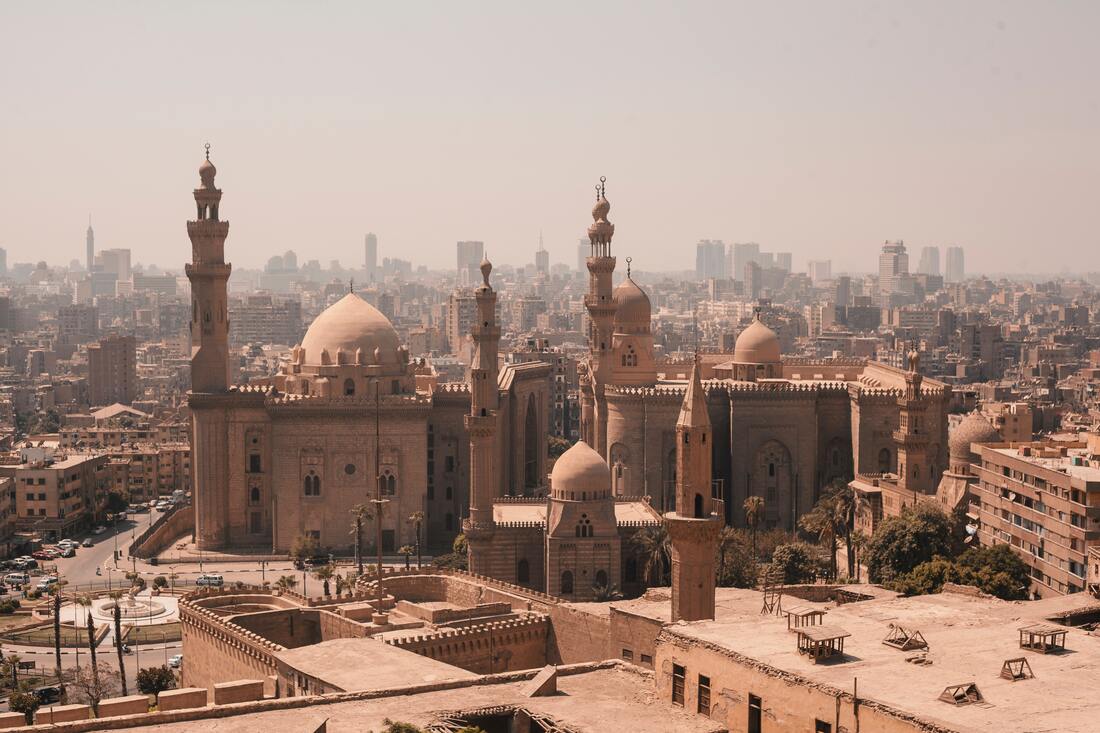|
By Anya Shukla “Palace Walk” was mentioned in “Conditional Citizens” (BIPOC Book #22) as an acclaimed portrayal of Muslim life. So imagine my excitement when I noticed that the book was on this list! And then imagine my excitement when I learned this book was over a thousand pages. The length of this book means it's not for the faint of heart. I actually managed to get through it just fine (although I will admit it dragged a little), but if you despise reading about domestic life, you might want to pick up another novel. TW: rape, sexual assault. Review: In arguably his most famous novel, “Palace Walk,” Pulitzer-Prize-winning Naguib Mahfouz illustrates the inner workings of a conservative Egyptian family. We gain a rich understanding of each character—al-Sayyid Ahmad, the strict yet hypocritical patriarch; Yasin, the elder son, pained by his “immoral” mother (al-Sayyid Ahmad’s first wife); Fahmy, the law student; Kamal, the jokester; Amina, the subservient second wife; Aisha, the beauty; Khadija, the snarky sister. World War One and the British rule serve as a backdrop to these individuals and their affairs. Mahfouz imbues “Palace Walk” with richly detailed characters and settings. Its protagonists may not be perfect, but they are unfailingly human. My Rating: 4.75/5. What I Loved: This book’s mundanity. Mahfouz takes his time building the story, giving us time to truly know the characters. For example, “Palace Walk” begins with an unknown woman waking up at midnight, as she does every night, to welcome her husband back home after one of his evening parties. This commitment demonstrates her enduring love for her husband, despite his flaws: “She even profoundly loved this hour of waiting up, though it interrupted a pleasant sleep… It continued to be the living symbol of her affection for her spouse, of her wholehearted dedication to making him happy, which she revealed night after night (pg. 21). (It’s not until the second chapter that we learn that this woman is Amina… she is without name, mirroring her lack of agency throughout the rest of the novel.) Through family coffee hours, uncomfortable breakfasts, and Kamal’s many pranks, Mahfouz showcases a holistic picture of this family and their world. To me, “Palace Walk” feels like an intimate character portrait of life in 1918s Egypt. As this book centers on a Muslim family, I also enjoyed learning about the religion and the ways in which the Mahfouz’s characters balance faith and their personal desires. Amina and Kamal, for example, are deeply religious and adore the prophet al-Husayn, while al-Sayyid Ahmad and Yasin adhere only to certain tenets of the Quran. After reading “Palace Walk,” I feel that I understand more about the diverse nature of Islam, especially during the early 1900s. What I Didn’t Love (spoiler alert): A significant portion of “Palace Walk” can be summarized as “men doing awful things without any real consequences.” Twice, Yasin attempts to rape someone—and is only stopped because a family member discovers him. The first time, he is punished by getting married, and the second by getting divorced. Neither punishment feels adequate. And of course, we have al-Sayyid Ahmad, who rages at his family, enforces strict discipline, and often prevents the women in his household from leaving his property. I understand that his actions stem from his hyper-conservative religious background, but I didn’t enjoy seeing his family suffer because of him. All of this furthers the story and fits with the characters’ personalities. It was just difficult to read. A Quote I Would Like On Goodreads: “Who has ever gone against your wishes? You marry me and divorce me. You give me life and take it away. I don’t really exist” (pg. 965). Up next: “Black No More” by George Schuyler.
0 Comments
Your comment will be posted after it is approved.
Leave a Reply. |
Archives
February 2023
Categories
All
|

 RSS Feed
RSS Feed